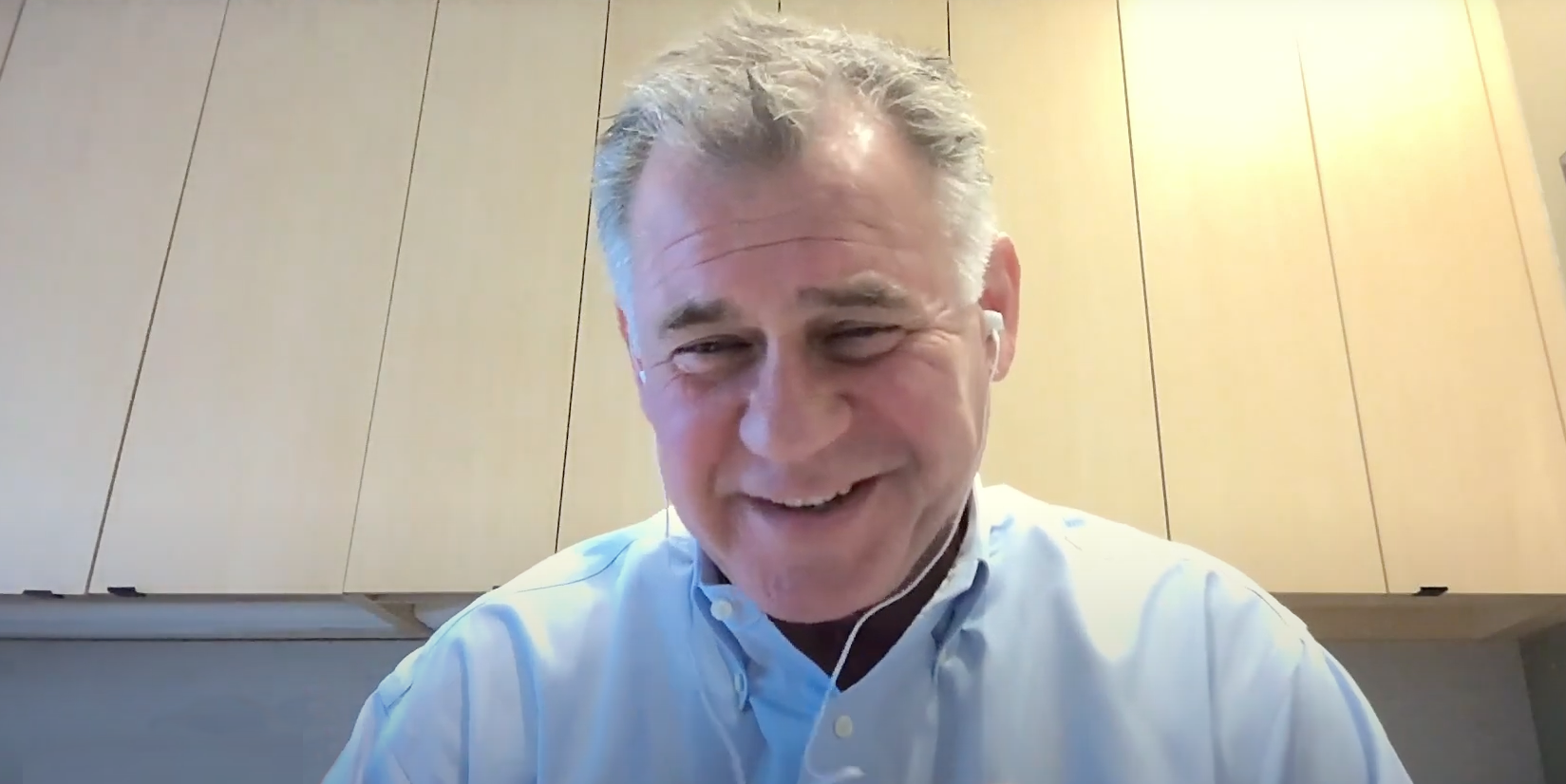Organizational development is a strategic-level initiative that involves the entire company. It seeks to make constant improvements at all levels. But, while they’re ironing out the bugs in the finance department, human resources can’t take a break. HR plays an influential role in all aspects of organizational development.
A Short Explanation of Organizational Development
Organizational development (“OD”) is a comprehensive method of enhancing an organization’s abilities. OD tries to make every aspect of operations the best that it can be. It is actually one of the older HR concepts, becoming popular in the 1950s, and it brings together many HR-related functions, including:
- Learning and development
- Psychology and social sciences
- Human resource management
- Innovation and research design
- Organizational behavior
The process of OD goes through the phases of assessment, formulation, implementation, and evaluation. However, many companies choose for OD to be ongoing, and in such cases, the process becomes a cycle.
Enter Interventions
In the language of OD, “interventions” are part of the implementation phase. They are meant to correct whatever activities are seen as sub-par. Interventions are critical because they are the method through which improvement is made, whereas the other phases are more about analysis, planning, and measurement related to improvements.
There are three basic types of interventions. They can affect every department in a company. But, as you’ll notice, they are all strongly related to human resources and L&D.
Human Process Interventions
The goal of human process interventions is to optimize the cooperation between employees at all levels of the company.
Many of the processes that OD tries to improve relate to communications, hierarchy, and workflow. For example, OD might recommend the use of Slack for team cooperation. It could also lead to restructuring with the intent of designing a flatter organizational structure. Or, it could advise how to reorder a manufacturing procedure.
But another side of human process interventions is related to skills. Two major factors that it covers are interpersonal relationships and teamwork.
Individuals
Improving communications between individuals can happen both vertically and horizontally. That is, bosses might have difficulty communicating with employees, and vice versa and an employee might not get along well with coworkers. OD corrects these issues through L&D, with communications coaching being a favorite. A poor ability to communicate can be caused by many issues, and coaching is a great way to address the roots of an individual’s basic behavior.
Groups
When it comes to teamwork, L&D can also be effective. Both coaching and mentoring can be used to boost teamwork skills like creative thinking, problem-solving, and planning.
Technology and Structural Interventions
These types of interventions deal with the way a company is set up in terms of the tools it uses and the management structure that runs it. There is a lot of crossover between this part of OD and the practice of organizational design.
Technology
Every company uses technology to some degree, while for others, their entire business revolves around it. OD tries to match the right technologies to the best uses. This might mean implementing a cloud-based storage system, all the way to building an agile methodology for project management.
The key to making sure these changes actually work is through training. For instance, agile project management actually demands a culture shift that includes constant collaboration, customer service, cross-functional teamwork, and self-management.
Structure
Companies tend to have a “personality” that is based in culture, and a vital influence on culture is structure. In this context, structure means centralized vs. decentralized control. In a centralized company, power tends to rest with a small group of executives or even one person. A decentralized company has more equality in decision-making, which often leads to more innovation and a flatter hierarchy.
The question that OD asks about structure is “does this work?” Is management set up in a way that leads to more or less productivity than competitors? One of the best determinants of a good structure is how it reacts to changes, and that includes the interventions of an OD process. If a firm is having trouble accommodating the recommendations of an OD program, this could indicate that it needs a different structure.
Human Resource Interventions
Especially when the structure needs to change, HR interventions relate to the impact on hiring, firing, and skills. HR interventions gravitate towards one of three classic organizational change types. Incidentally, these categories of change are part of adaptive skills:
- Developmental – new processes and procedures that might involve using a talent development platform to support L&D programs
- Transitional – moving to a new structure, for instance, from a limited liability company with one owner to a corporation with many owners
- Transformational – totally revamping the business, meaning a new workforce with different skill sets
Get Organized with GrowthSpace
Companies that want to advance need the many recommendations provided by organizational development, among them skill requirements. But organizations that pick a few subjects and run them by a group of employees in a “one size fits all” move end up with a workforce that’s untrained and employees who are frustrated.
That’s because customized learning development supplied by GrowthSpace is the only real upskilling solution. With GrowthSpace, HR can design individualized L&D programs for each worker, regardless of numbers. With GrowthSpace, companies build the skills they need and employees get a true chance to develop and grow.




